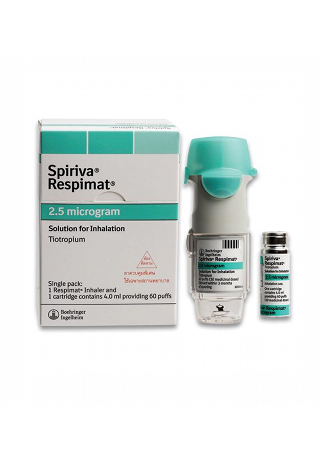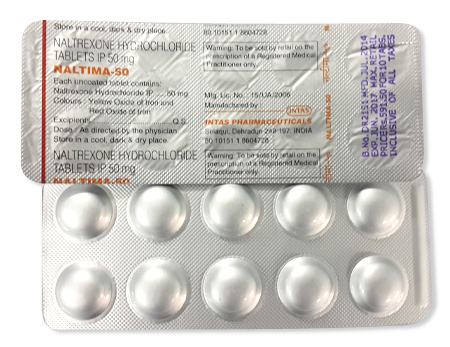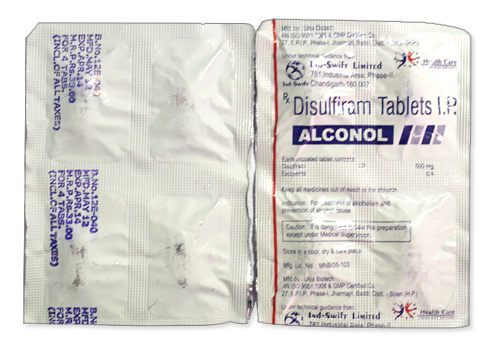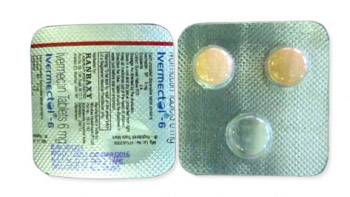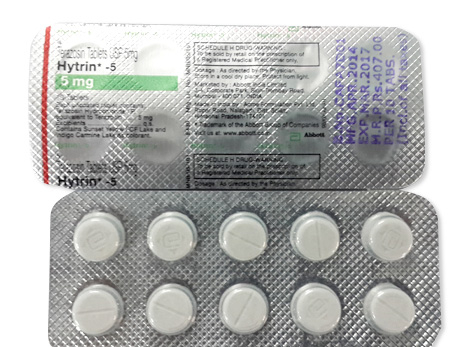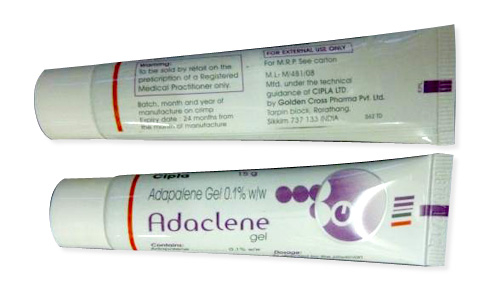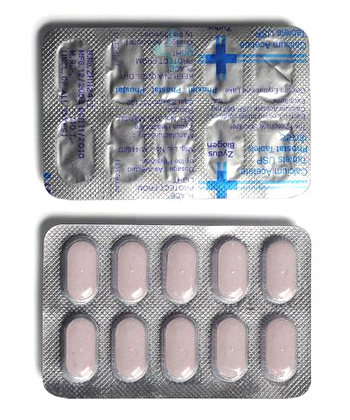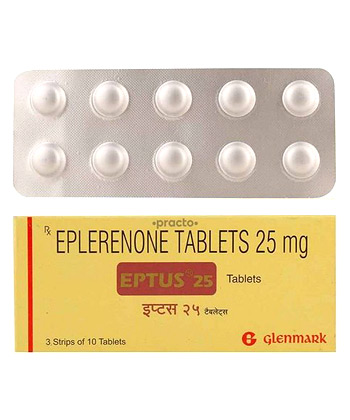
Inspra
- Inspra is available by prescription only at pharmacies globally and online, through brands like Pfizer and multiple generic suppliers including TEVA and Sandoz; a valid prescription is required.
- Inspra (eplerenone) treats hypertension and heart failure after a heart attack. It selectively inhibits aldosterone receptors, lowering blood pressure by reducing fluid retention and sodium reabsorption.
- For heart failure, start with 25 mg once daily, increasing to 50 mg daily after 4 weeks if tolerated; for hypertension, start at 50 mg once daily—adjust based on blood pressure and potassium levels.
- It is administered orally as a film-coated tablet, available in 25 mg or 50 mg strengths.
- The onset of action begins within hours of ingestion.
- The duration of action lasts approximately 24 hours, enabling once-daily dosing.
- Alcohol should be avoided or limited, as it may worsen dizziness or hypotension when combined with Inspra.
- The most common side effect is hyperkalemia (high blood potassium), with possible dizziness, headache, and fatigue.
- Would you like to explore obtaining a prescription for Inspra to discuss its benefits with your doctor?
Basic Inspra Information
| Dosages | 25mg, 50mg tablets |
| Packaging | Bottles/blister packs (yellow, circular) |
| Classification | Schedule 4 (Rx) |
Inspra contains the active ingredient eplerenone, an aldosterone antagonist medication registered with the Therapeutic Goods Administration (TGA). Marketed under the brand name Inspra by Pfizer, it's also available as generic eplerenone from companies like Teva and Sandoz in Australia. These prescription-only tablets come in 25mg and 50mg film-coated forms, always requiring a doctor's prescription as they're Schedule 4 medicines. You'll typically find them in yellow circular tablets, packaged in bottles or blister packs for stability. More details appear in the TGA's official product information for Inspra regarding quality standards.
How Inspra Works In Your Body
Inspra specifically targets aldosterone hormones that regulate salt and water balance. By blocking mineralocorticoid receptors, it prevents excessive sodium absorption in kidneys while promoting potassium retention. This dual action reduces fluid buildup and lowers blood pressure effectively.
After swallowing the tablet, peak concentration occurs within 90-120 minutes. Your liver processes eplerenone primarily through CYP3A4 enzymes - the same system affected by grapefruit and medications like ketoconazole. These substances significantly increase Inspra levels if combined. Most elimination occurs via urine (67%) with the remainder excreted in feces.
Critical interactions to monitor include combinations with ACE inhibitors which can dangerously elevate potassium levels. Non-steroidal anti-inflammatory drugs (NSAIDs) may reduce effectiveness while lithium levels can become unstable. Unlike similar medications, this selective blocker rarely causes hormone-related problems such as breast tenderness in men.
Approved And Common Off-Labеl Uses Of Inspra
The TGA officially approves Inspra for two primary conditions:
- Heart failure management after heart attacks with confirmed left ventricular dysfunction
- Hypertension treatment, either alone or combined with other blood pressure medications
Many Australian cardiologists also prescribe it off-label for challenging cases like resistant hypertension (when three medications fail to control blood pressure) or primary aldosteronism (adrenal gland hormone overproduction). Leading cardiovascular bodies recognize this application for complex patients.
Special prescribing considerations apply for certain groups:
For older patients, doctors typically initiate therapy at 25mg daily with close potassium monitoring due to increased sensitivity. Pregnancy requires strict avoidance due to potential developmental risks classified as Category B3. Children shouldn't receive this medication as its safety and effectiveness remain unestablished in younger populations.
Dosage & Administration
Understanding how to take Inspra properly helps ensure safety and effectiveness. The dosing schedule varies based on your health condition:
| Condition | Initial Dose | Maintenance Dose |
|---|---|---|
| Heart Failure After Heart Attack | 25mg once daily | Increase to 50mg daily after 4 weeks if tolerated |
| High Blood Pressure | 50mg once daily | Maximum 50mg twice daily if needed |
Special adjustments may be necessary depending on individual health factors:
- Kidney function: Maximum 25mg daily if eGFR 30-60, not recommended below 30
- Liver health: Avoid entirely in severe impairment
Proper storage keeps medication effective—store tablets at room temperature (20–25°C) in original packaging away from moisture. If forgotten, take as soon as remembered unless nearing next dose time. Doubling up is never recommended.
Safety & Warnings
This medication isn't suitable for everyone. Avoid Inspra if your:
- Blood potassium exceeds 5.5 mmol/L
- Kidney function is severely reduced (eGFR under 30)
- Liver impairment is advanced
Physicians often use risk-assessment tools like the SHEA-R score before prescribing to evaluate complication risks. Regular monitoring becomes essential:
Potassium checks are critical within the first month and periodically thereafter as elevated levels may occur without obvious symptoms. Other important precautions include avoiding NSAIDs and potassium supplements which could worsen risks.
Potential reactions to be aware of:
- Common: Dizziness, elevated potassium levels
- Serious: Kidney function decline requires medical attention
Prompt medical advice should be sought if experiencing muscle weakness or irregular heartbeat, which could indicate high potassium.
Patient Experience & Reviews
Australian patients often note practical benefits of daily dosing. The regimen helps simplify routines compared to multiple daily medications. Hormonal side effects like breast tenderness occur significantly less than with older alternatives, making sustained usage more comfortable for some.
Effectiveness data shows approximately four-fifths achieve adequate blood pressure control when incorporating this treatment into their hypertension management. Common mentions in Australian health forums include fatigue and inconvenience of frequent monitoring tests.
Self-reported reasons for continuing therapy despite drawbacks include:
- Reduced need for additional blood pressure medications
- Improved cardiac function measurements in post-heart attack care
- Better tolerance profile than similar medications
Feedback from HealthDirect consultations indicates regular reviews with healthcare teams help maintain safe long-term use for eligible patients.
Eplerenone Alternatives Available in Australia
When considering aldosterone antagonists in Australia, Inspra isn't the only option. Spironolactone remains the most common alternative, costing significantly less ($10–$15 monthly) while carrying higher risks of gynecomastia and menstrual irregularities. Newer agent finerenone (Kerendia) shows promise for diabetic kidney disease but has limited local availability and higher costs ($75–$90/month). All carry potassium elevation risks requiring regular monitoring.
| Medication | Monthly Cost (AUD) | Key Differences | Availability Status |
|---|---|---|---|
| Inspra | $45-60 | Lower hormonal side effects | Nationally available |
| Spironolactone | $10-15 | Higher gynecomastia risk | Widely stocked |
| Finerenone | $75-90 | Diabetic kidney disease focus | Limited distribution |
Getting Inspra in Australia: Costs and Availability
Inspra isn't currently listed on Australia's Pharmaceutical Benefits Scheme, meaning patients typically pay full price ($45-$60 monthly). You'll find it stocked at major pharmacy chains including TerryWhite Chemists and Chemist Warehouse, usually in 28-tablet bottles containing 25mg or 50mg film-coated tablets. Generic eplerenone provides cheaper alternatives in some markets. Demand has grown approximately 12% annually since 2020, primarily driven by cardiac specialists prescribing it for selected heart failure patients.
Research Developments and Clinical Trends
Recent studies like the EMPA-KIDNEY trial examine eplerenone's protective effects against diabetic kidney damage when combined with SGLT2 inhibitors - this dual approach shows promise for slowing kidney decline. Combination therapy usage has increased steadily, contributing to telehealth prescriptions for hypertension management rising by 40%. Notable trials underway explore its application beyond cardiovascular conditions. Despite patent expiration occurring years ago, affordable generics aren't expected until post-2027.
Using Inspra Safely: Practical Guidelines
Take your dose each morning with or without food, swallowing tablets whole with water. Never double up if you miss a dose - simply resume regular schedule next day. Avoid high-potassium foods (bananas, potatoes, spinach) and potassium-containing salt substitutes. Importantly, don't combine with NSAIDs like ibuprofen without medical supervision due to kidney strain risks.
Safety essentials include:
- Medical monitoring: Blood tests checking potassium levels and kidney function every three months
- Home tracking: Regular blood pressure checks using validated monitors
- Storage: Keep tablets sealed in original packaging at room temperature away from moisture
Always read the medication leaflet thoroughly and store Inspra securely away from children. Discard safely after expiration dates marked on packaging.

